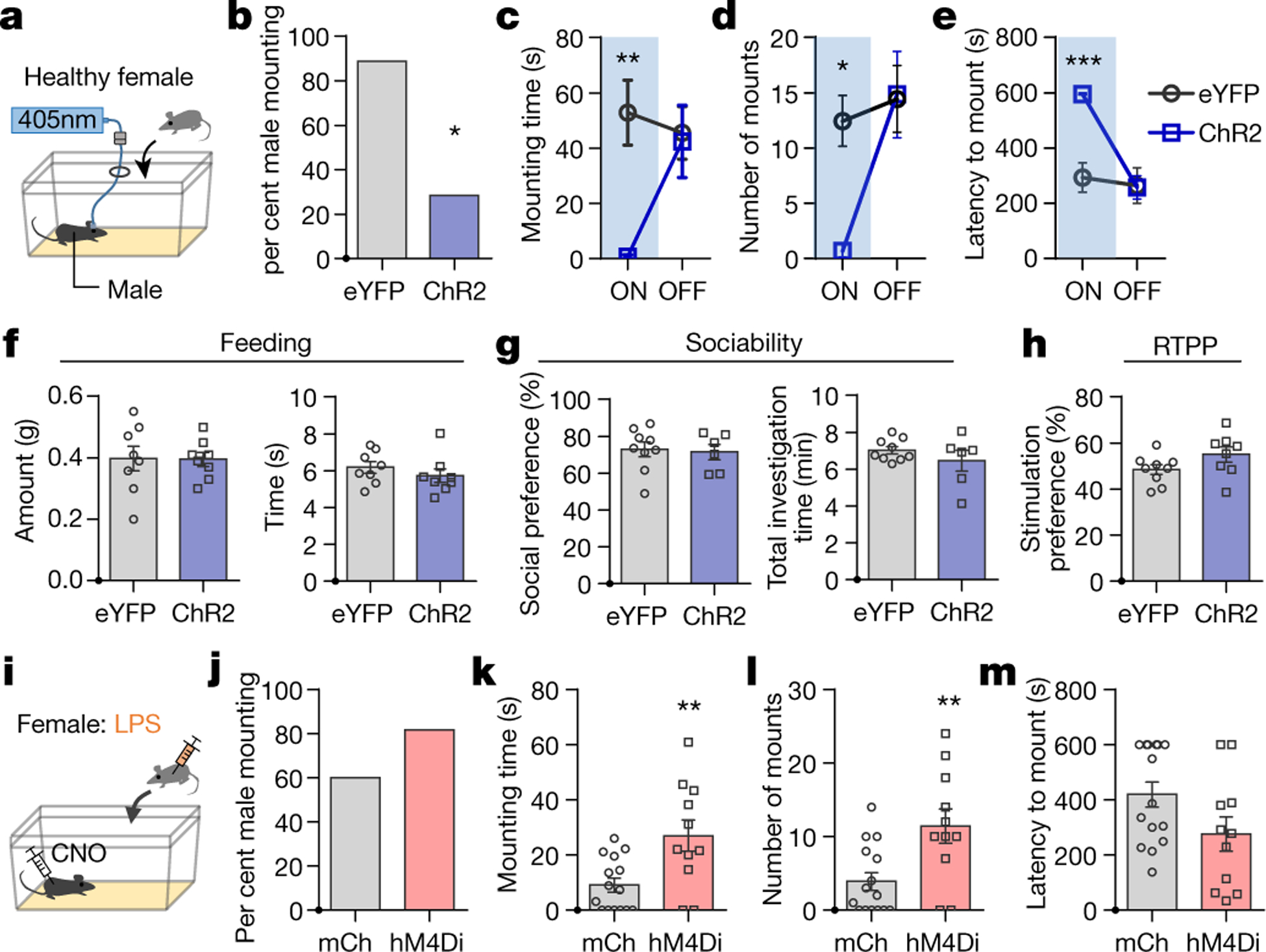Figure 2. COApm mediates suppression of mating behaviors towards unhealthy females.

a-e, Male mice expressing EYFP (AAV2-hSyn-EYFP) or channelrhodopsin (ChR2, AAV2-hSyn-hChR2-EYFP) in COApm were tested for mating behaviors towards healthy females in the presence (ON) or absence (OFF) of COApm photoactivation. Percent male mounting (b), mounting time (c), number of mounts (d), and latency to mount (e) (EYFP, n=9 and ChR2, n=7; from 2 independent experiments). f, Total amount of food eaten and time spent eating used to assess feeding behavior during COApm photoactivation (EYFP, n=8 and ChR2, n=8; from 2 independent experiments). g, Social preference (time spent investigating a social object/total time spent investigating social and inanimate objects) and total investigation time measured during a sociability test with COApm photoactivation (EYFP, n=9 and ChR2, n=6; from 2 independent experiments). h, Stimulation preference (time spent in the compartment where photoactivation occurs/total testing time) during a real-time place preference (RTPP) test (EYFP, n=9 and ChR2, n=8; from 2 independent experiments). i-m, Male mice expressing mCherry (AAV2-hSyn-mCherry) or inhibitory DREADD (hM4Di, AAV2-hSyn-hM4D(Gi)-mCherry) in COApm were injected with Clozapine-N-Oxide (CNO) and tested for mating behaviors towards LPS-females (i). Percent male mounting (j), mounting time (k), number of mounts (l), and latency to mount (m) (mCherry, n=15 and hM4Di, n=11; from 3 independent experiments). *P<0.05, **P<0.01 and ***P<0.001 calculated by Chi-Square Test of Independence (b), two-way repeated measures ANOVA with Bonferroni’s post-hoc test (c-e) and unpaired two-tailed t-test (k, l). Graphs indicate mean ± s.e.m. p-values are described in the supplementary statistical information file.
